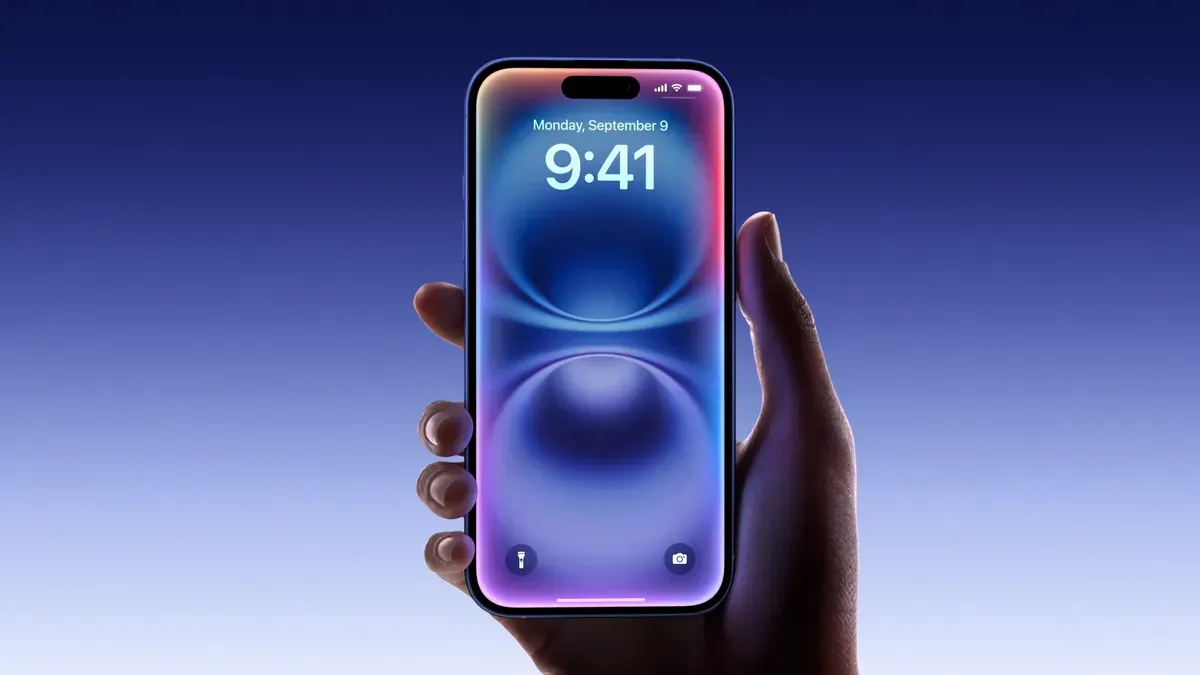Apple 'Glowtime' Event: Unveiling the iPhone 16 lineup and other hardware products
We rounded up all the major announcements from the Apple event and what it could mean for all of us!
Yesterday, we were once again greeted by Tim Cook from the Steve Jobs theatre as he kicked off the Apple 2024 event. The event lasted for over an hour and ushered in the iPhone 16 lineup, the Apple Watch Series 10 (I'm hurt they did call it the Series X but oh well), the Apple Watch Ultra 2 and the Airpods 4.
There had been a lot of rumours surrounding these devices and what exactly to expect. Many of the rumours, like the additional camera button on the iPhone 16 lineup turned out to be true, but what else got announced?
Here's the list of all major announcements at the Apple event and what it could mean for all of us!
iPhone 16 Lineup
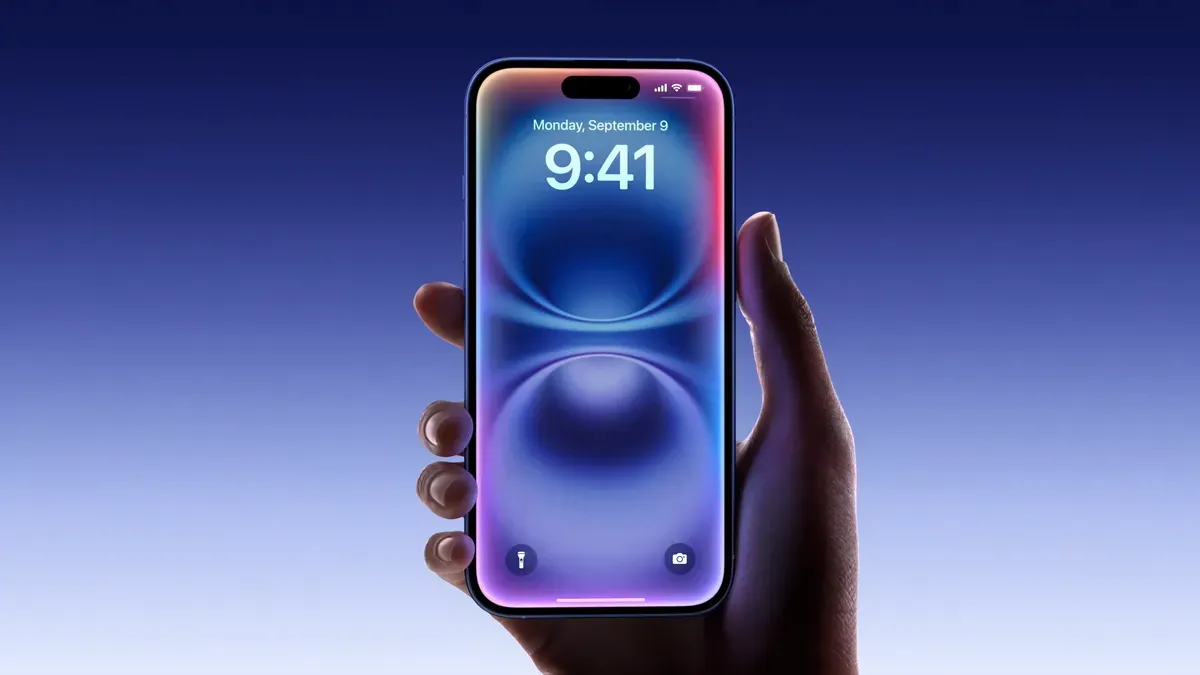
This year, the iPhones were built from the ground up to accommodate AI features. They took a more personal approach to make the iPhone feel more like an extension of you and, because of that, decisions made for the iPhone were made with this goal in mind.
These are some of the new hardware changes that cut across both the base model and the Pro Model iPhone 16;
Dedicated Camera Button
If you've been following the rumours surrounding the launch of the iPhone 16, you would definitely have come across talks of a new camera button and speculations about what it can do. The button turned out to be true and did a bit more than most expected. The button could serve as a quick shortcut to many of your camera's features; for example, you can.
- Tap it lightly to have it open its new camera search AI feature, allowing you to use your camera to do a quick search of something, kind of like Google lens. It also allows you to take pictures of things like fliers to quickly add to your calendar or whatever "task list".
- The button can be used to zoom in or out by lightly swiping either up or down on it, eliminating the need to fiddle around on your screen.
- If the zoom feature isn't your style, double-press the button to get a selection of whatever you want to set the button to do.
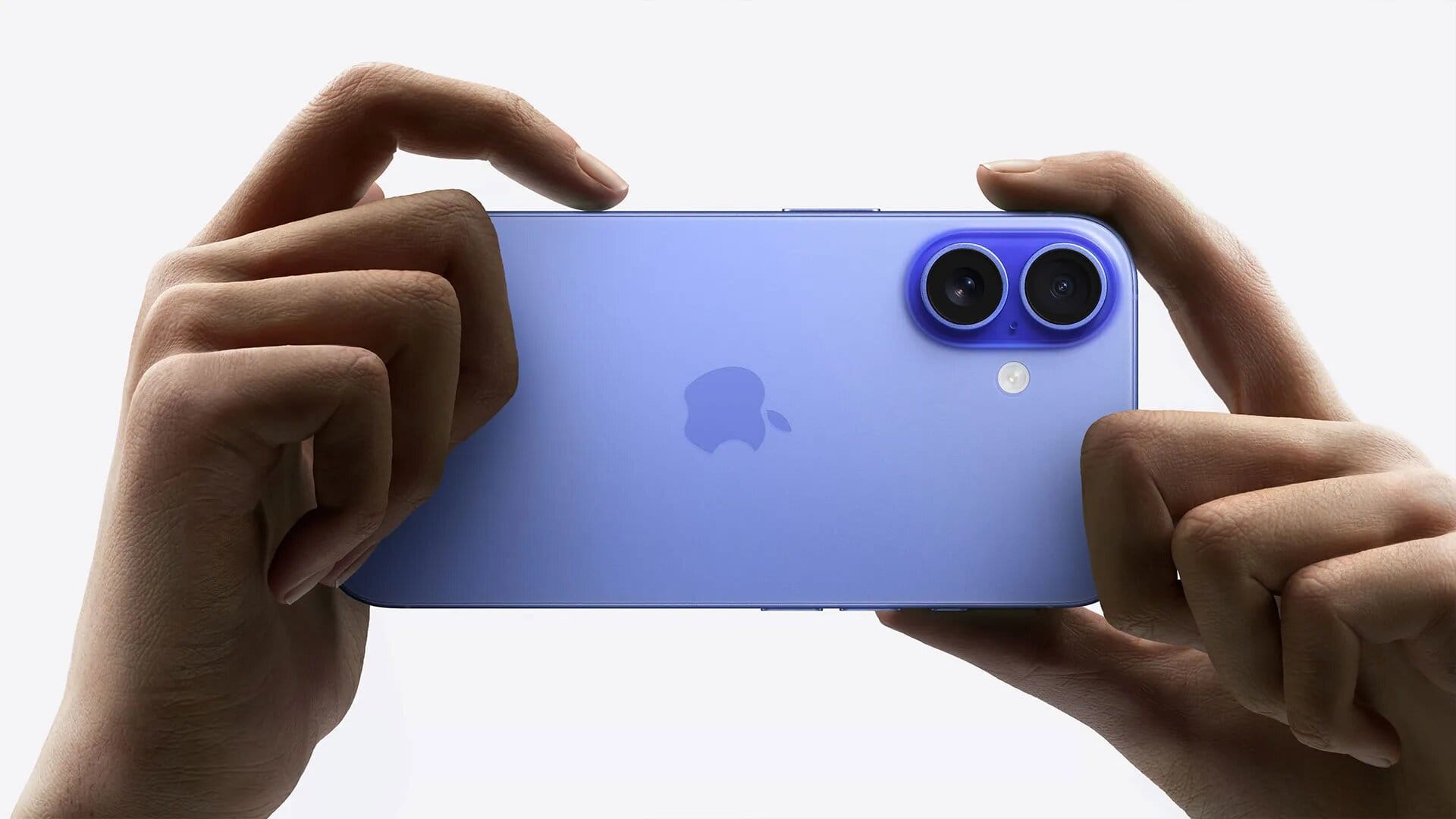
Same old Action Button
But whatever you do, do not mistake the camera button for the separate action button. It also works like the camera button, acting as a shortcut. But, the difference is, that it can be rerouted to other functions on the phone, like Silent mode, Focus, Camera, Flashlight, Voice Memo, Recognize Music, and Translate, unlike the camera button that is linked to several functions of the phone's camera.
Audio
The new iPhone now has several mics that allow you to do what they call "Voice Mix," which isolates the voices of people on camera, cutting out the background almost completely or adding a bit of the surrounding to the audio, too.
iPhone 16 Pro Models
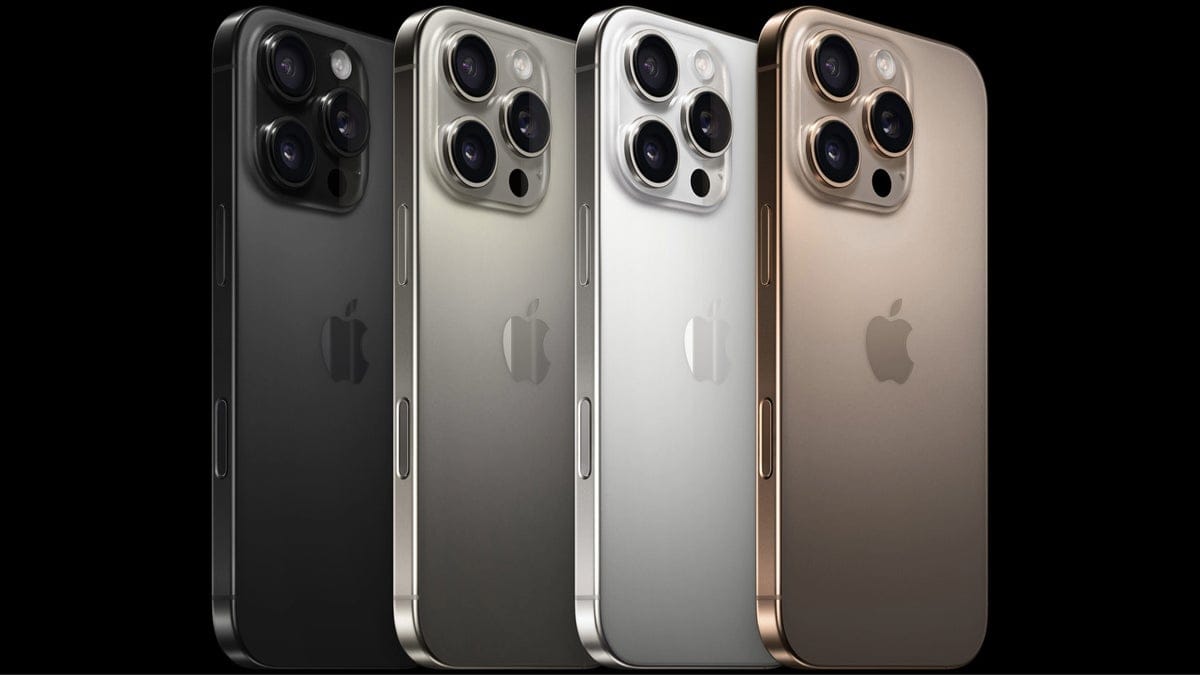
The Pro and the Pro Max iPhones come in Black, White, Natural, and Desert, all on a titanium finish and textured matte glass back. They also have faster processing and better cameras than the last generation, all in a slightly bigger form factor.
Processing Chip
The Pro model phones carry Apple's latest A18 Pro chip. They claim this was built to handle the device's new AI capabilities very smoothly, meaning the device runs just a bit better than previous models. The numbers quoted from Apple are 15% Faster Than The A17 Pro Chip And consume 20% less power.
Camera and Camera Features
If there's something to always look forward to with a new iPhone release, it's their cameras and how they may or may not have made it better. This year, the iPhone 16 Pro is equipped with a 48MP Ultra Wide camera, 5x Telephoto zoom camera and can even shoot 4k at up to 120 FPS.
In other words, you can film at the phone's best quality at its highest framerate, allowing for some really cool and high-quality camera footage. You can also choose to increase or decrease the frame rate of whatever video you've taken on your phone which honestly means more control over how you capture your memories.
On the flip side, this could mean your videos and pictures take up a lot of space very quickly. This is probably why they allow you to record footage directly into an external storage device. But unless you're making movies daily, you should be fine with what the device already offers.
Additionally, you can also pick from a range of styles and tones to capture your photos in. There are already "presets" available, but you can still adjust each one to whatever suits your artistic needs.
With all these, you could make some of the most beautiful pictures you've ever taken, if you know how to use them. A lot of the features feel more tendered to a more professional audience than the average consumer. But with time, we'll be able to tell if the features have all been a gimmick or not.
Size
As predicted, the Pro models have the biggest display in the iPhone lineup yet with the iPhone 16 Pro measuring 6.3 inches and the iPhone 16 Pro Max measuring 6.9 inches. Much like with their watch series 10, they achieved this by not really increasing the actual body of the device, but by shrinking the bezels all around, giving you more screen-to-body ratio overall. Slowly, the phones are starting to, from the front, look more like you are holding panes of glass with touch sensors.
Price
For $999, you can get your hands on the 128GB iPhone 16 Pro and for $1199, you can get the 128GB iPhone 16 Pro Max.
The iPhone 16 Pro base storage starts at 128GB while the iPhone 16 Pro Max starts at 256GB, but both have options that go up to 1TB.
iPhone 16 & iPhone 16 Plus
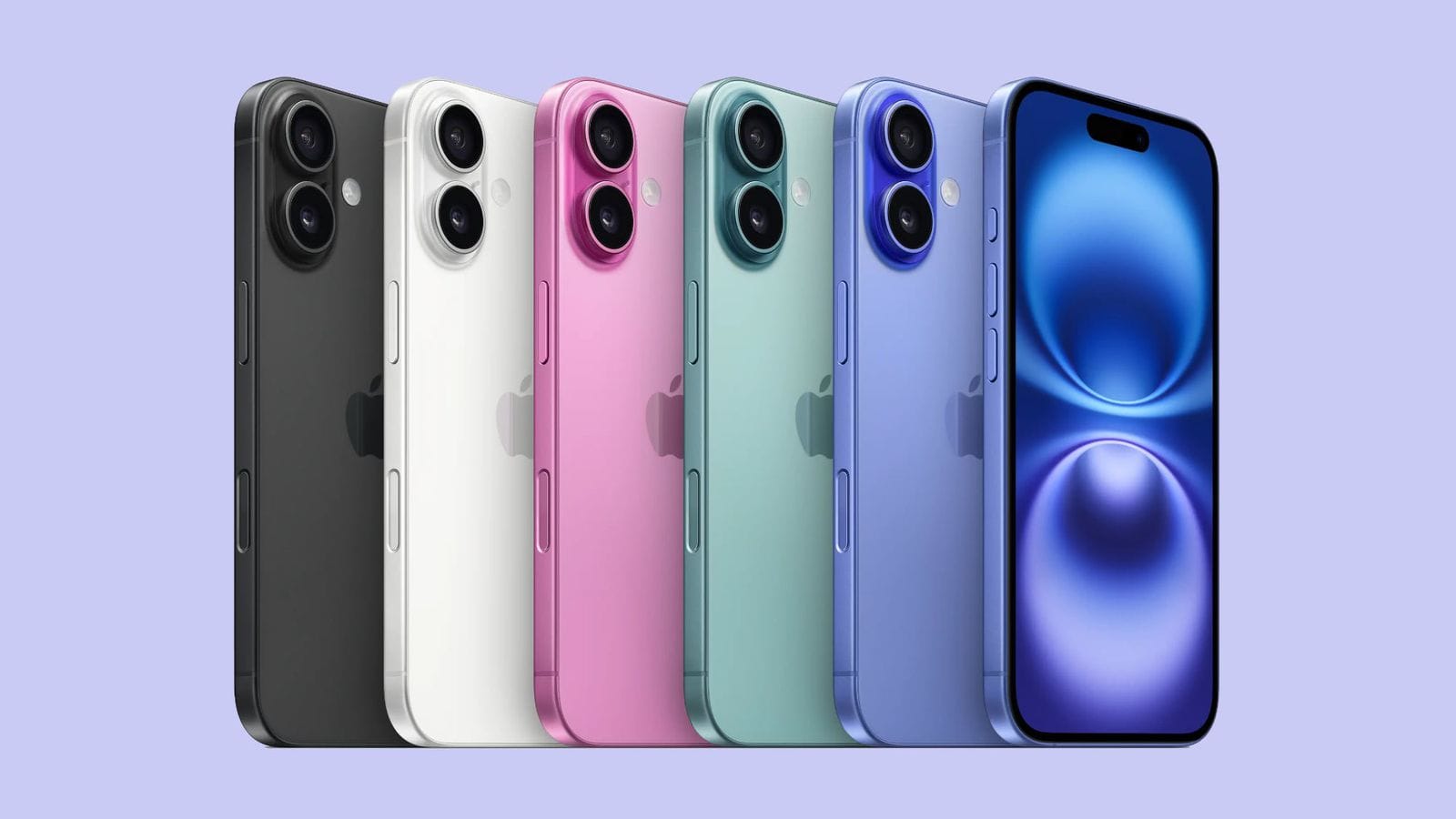
The iPhone 16 and the iPhone 16 Plus come in Ultra Marine, Teal, Pink, White and Black, all on an aluminium finish and colour-infused glass back. They come in the same size as the iPhone 15 and iPhone 15 Plus, but they are equipped with a more powerful chipset.
Processing Chip
Similar to the pro models, the iPhone 16 and 16 plus have the A18 bionic chip - a 2-year bump in chip strength for the non-pro models. This chip is optimized for Apple Intelligence (AI) features, making it 30% faster than their previous A16 Bionic chip on the base iPhone 15 while using 30% less power.
Camera and Camera Features:
The iPhone 16 base models are fitted with a 12MP Ultra Wide camera and another Telephoto camera that supports up to 4x zoom. Cool in camera settings (change photography style, edit colour, 4k 120 FPS, allows you to shoot proper slow motion in high resolution)
Apple claims the vertical camera alignment - the same as we had on some older iPhones like the iPhone 11, 12, XR, etc - was done to make the device capable of recording spatial videos and photos for viewing on the Apple Vision Pro.
With reports showing that the device didn't sell as well as the tech giant hoped, there are questions as to why this was a factor in the camera design. Some speculate that this could be a hint at plans for the Vision Pro in the future.
Price:
$799 gets you the 128GB version of the iPhone 16 and $899 gets you the iPhone 16 Plus with 128GB of storage. Both iPhones have storage options that go up to 512GB of storage.
AirPods 4
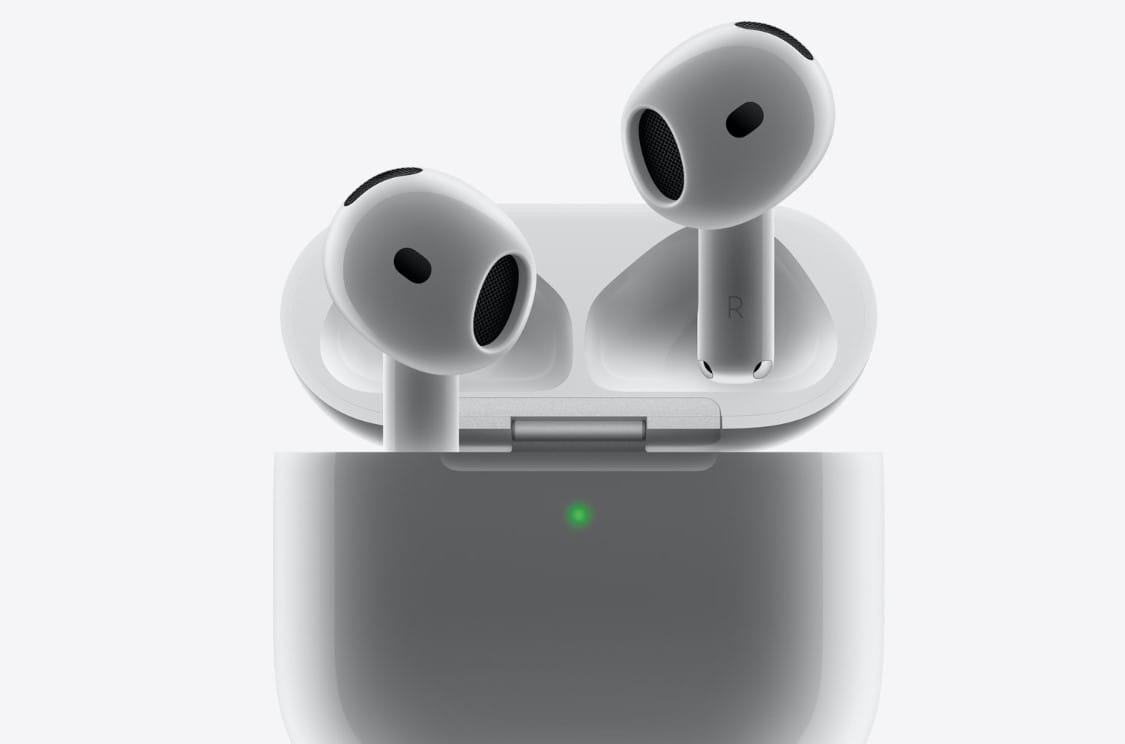
For the first time in a non-Pro model, AirPods 4 comes in both standard and Active Noise Cancellation (ANC) versions.
Design and Comfort
Building on the 2021 third-generation design, Apple has refined the shape for improved comfort during extended wear, addressing previous fit issues.
Audio Features
At the heart of both variants lies the H2 chip, previously reserved for AirPods Pro, which now brings enhanced audio capabilities to these mainstream models. According to Apple, users of both versions will enjoy personalized spatial audio and dynamic head tracking which promises to elevate the listening experience.
Controls and Connectivity
Both models include the force sensor for playback control. The ANC model's case features a Find My speaker for easy location of misplaced earbuds. This is one long-awaited feature which I’m particularly happy to see.
Charging and Battery
Both versions support USB-C and wireless charging. Despite a 10% reduction in case size, battery life remains impressive, offering up to 30 hours of total listening time for both versions. And up to 5 hours of playtime with ANC.
Software Integration
With iOS 18, new Siri interactions including nodding or shaking for responses will be available across all AirPods models once the update rolls out.
Price and Availability
Priced at $129 for the standard model and $179 for the ANC version. Pre-orders are open now, with shipping starting September 20.
AirPods Pro 2
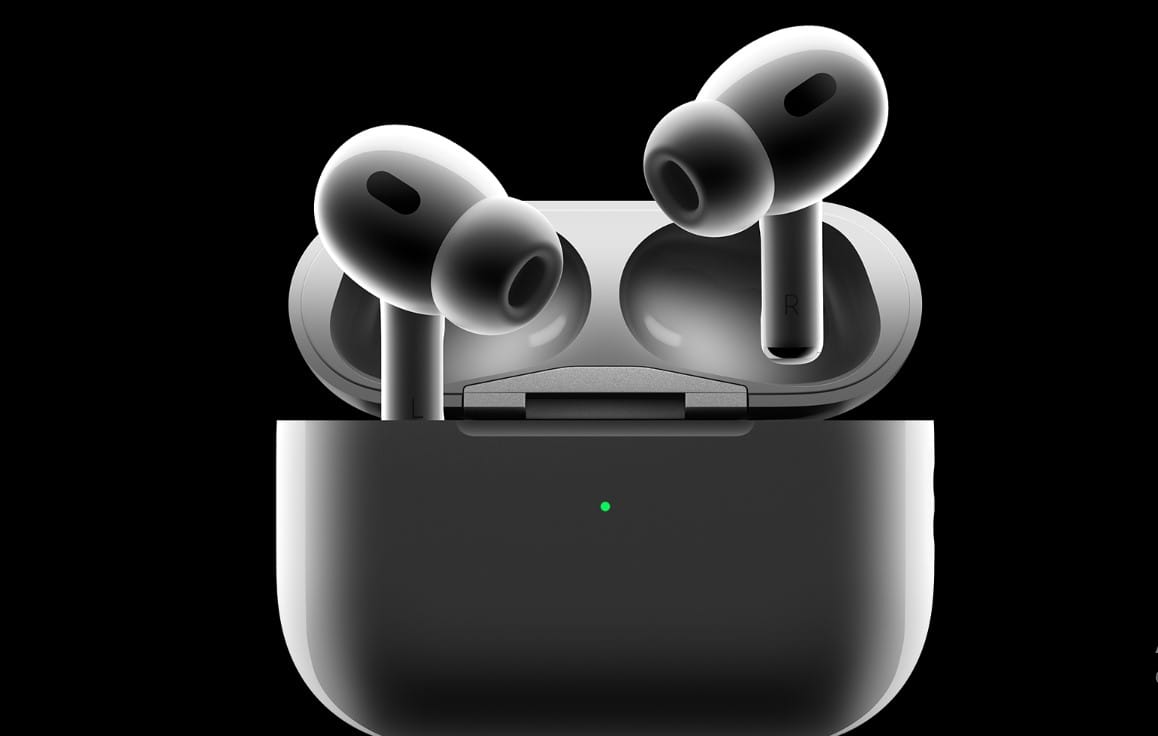
The AirPods Pro 2 are set to improve personal audio with a suite of innovative features, chief among them a focus on hearing health.
Hearing Health Features
Pending FDA approval, these earbuds will soon double as a clinical-grade hearing aid for users 18 and older with mild to moderate hearing loss. This game-changing function, set to roll out via a free software update this fall in over 100 countries, underscores Apple's commitment to accessibility.
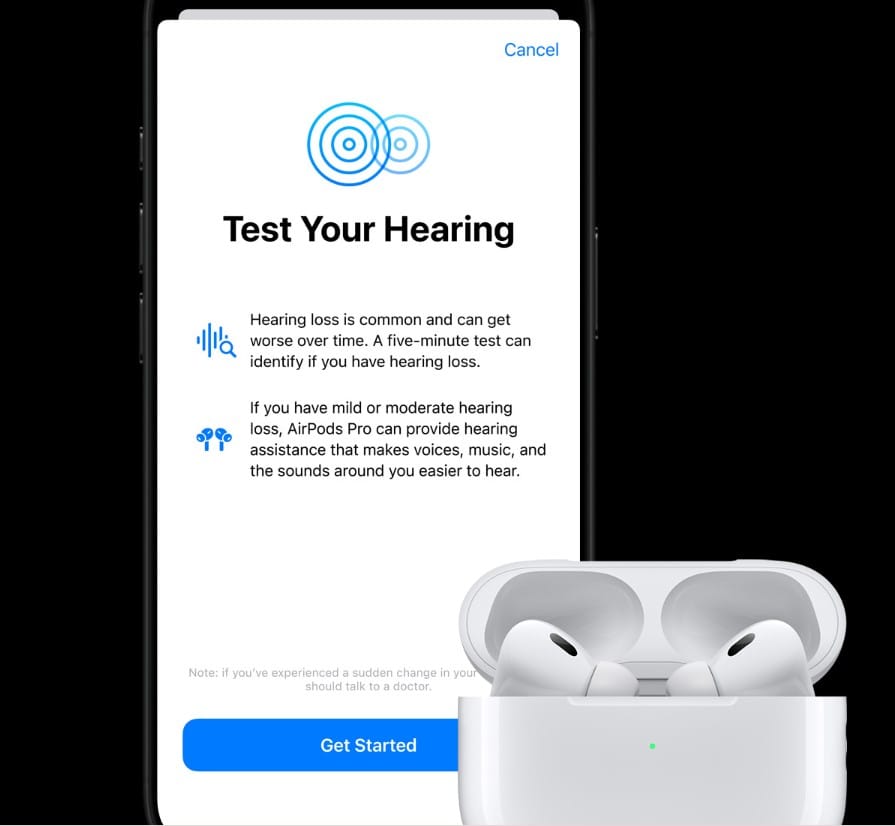
Audio Technology
Powered by the H2 chip, these earbuds offer up to 2x more effective Active Noise Cancellation. They feature Adaptive Audio, blending ANC and Transparency Mode based on surroundings, and Personalized Spatial Audio for an immersive experience. An always-on hearing protection mode reduces harmful noise in loud environments.
Charging Case
The upgrades extend to the MagSafe charging case, which now boasts USB-C and wireless charging support. With up to 30 hours of listening time with ANC enabled, the IP54 dust and water-resistant case also incorporates a Find My speaker with Precision Finding, ensuring users can easily locate their earbuds.
User Interaction
Interaction with AirPods Pro 2 has been refined as well. New Siri features will allow users to respond to prompts with simple head gestures, while familiar touch controls on the stem provide quick access to volume and playback adjustments.
Price and Availability
Priced at $249 and available now for purchase, AirPods Pro 2 seamlessly blend premium audio quality with health-focused features. This combination positions them as a potential game-changer for users seeking both high-quality sound and comprehensive health support in a single, sophisticated device.
AirPods Max
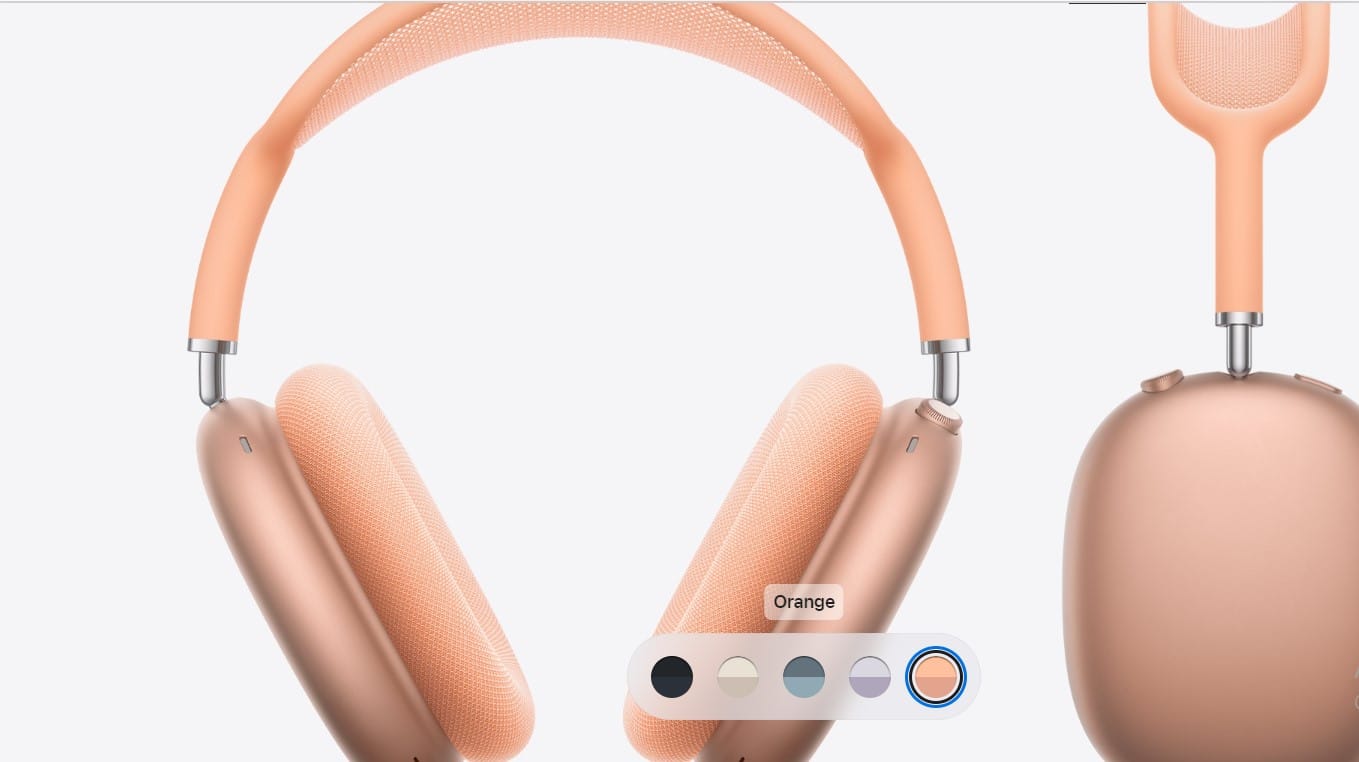
The last time the AirPods Max received an update was nearly four years ago, but Apple has finally introduced a new version that ditches the Lightning port in favor of USB-C.
This long-awaited change brings the headphones in line with Apple’s broader shift toward universal charging. Along with the port upgrade, the new AirPods Max comes in five fresh colors: midnight, starlight, blue, orange, and purple. Priced at $549, they are available for pre-order now and will ship starting September 20.
Apple Watch Series 10
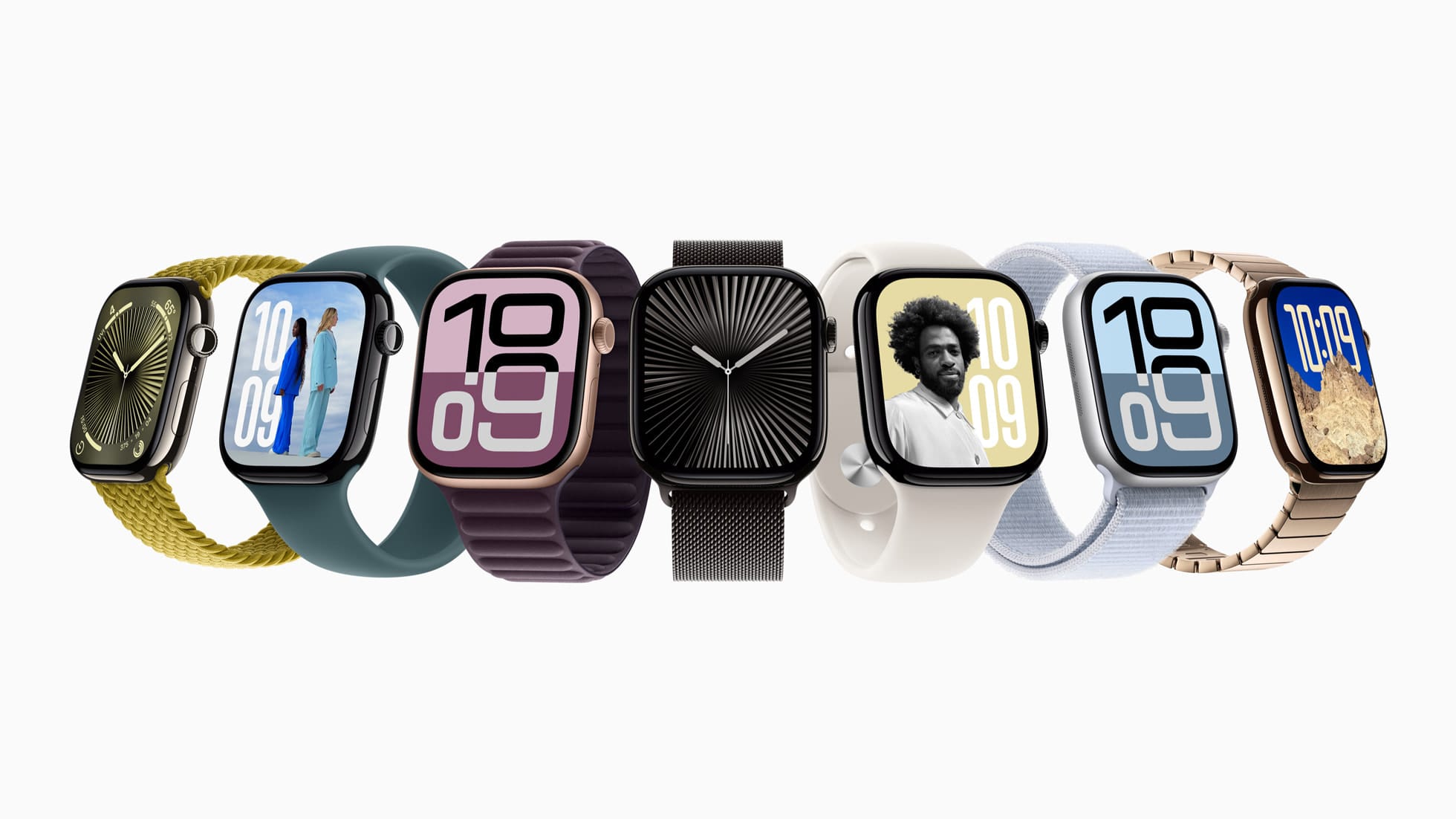
This year, Apple released two variants of the Watch Series 10. One version comes in an aluminium casing that gives a more casual aesthetic. It's available in Jet Black, Rose Gold and Silver.
The other comes in a titanium casing. It has a more corporate and formal tone to it and comes in Slate, Gold and Natural.
Display
Announced as the thinnest, flattest and widest Apple watch yet, the Apple Watch Series X boasts a bright display of 2000 nits at peak brightness. It's also 40% brighter when viewed at an angle, making it easier to see overall.
Battery
Apple promised that the battery could last up to 18 hours after a full charge, but if somehow, you find yourself on a low charge, you can get it up to 80% after just 30mins of it being plugged in.
Because of the metal back and the fact that both watches have a slightly wider form factor over other Apple Watches, it can support even faster wireless charging, hence it getting so high after 30 mins of charging.
Additional Features
As usual, the Apple Watch released this year is also packed with several health and wellness features just like the ones before it. But the feature that makes this stand out is its ability to help identify signs of sleep apnea, helping you prevent serious health problems down the line
Price
You can get the Apple Watch Series 10 for $399
Conclusion
Apple's 2024 event has once again redefined personal technology. The AI-powered iPhone 16 lineup, health-focused AirPods Pro 2, and the sleek Apple Watch Series 10 with its ultra-bright display push the boundaries of what we expect from our gadgets.
From clinical-grade hearing aids to advanced AI capabilities and rapid charging, these innovations signal a future where devices are even more integral to our daily lives and well-being. Apple continues to blur the lines between technology, health, and personal expression, ushering in an exciting new era of smart, interconnected devices.


